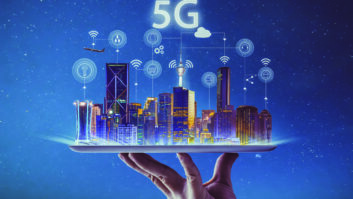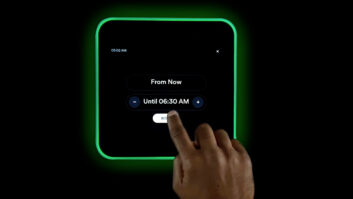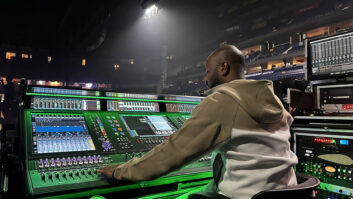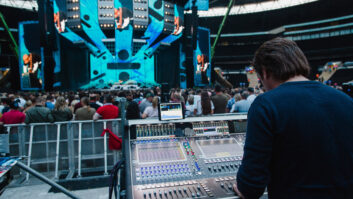Over the next five years, the most important advances in computation will arrive in the form of human-machine interface: a new kind of UI that allows digital devices and systems to properly support sophisticated, collaborative business processes and professional workflows.
The devices and interfaces we use today are focused on access to the ‘far content’ of the web and the ‘far computing’ of the cloud. These are the main commercial and technical innovations of the last 20 years. (And these backend components are indeed powerful and desirable.)
But such prolonged attention to the web and cloud has allowed a temporary vacuum to form around what we might call the front end of professional computing. So to fill the vacuum is an opportunity!
A proper professional computing system must be able to address lots of pixels all at once: if necessary an entire roomful of pixels, including displays on multiple walls and all the pixels that people bring with them on laptops and mobile devices, all joined together into a continuous, interoperable canvas.
This is the scale of modern work. It must allow parallel control and manipulation from multiple participants at the same time, using a variety of different personal devices and input modalities. This is how modern people operate. It must be able to connect to other similar systems far away, to enable distributed design and engineering, analysis and synthesis, and real-time decision making.
This is how the modern world runs.
What makes all this work is a UI that prescribes underlying system architecture (instead of deriving from it), a UI that is immensely capable yet entirely natural, that feels like the real world, that is exhilarating to use.
Companies that embrace this evolved way of working will gain an enormous competitive advantage.
Let’s get to work.







